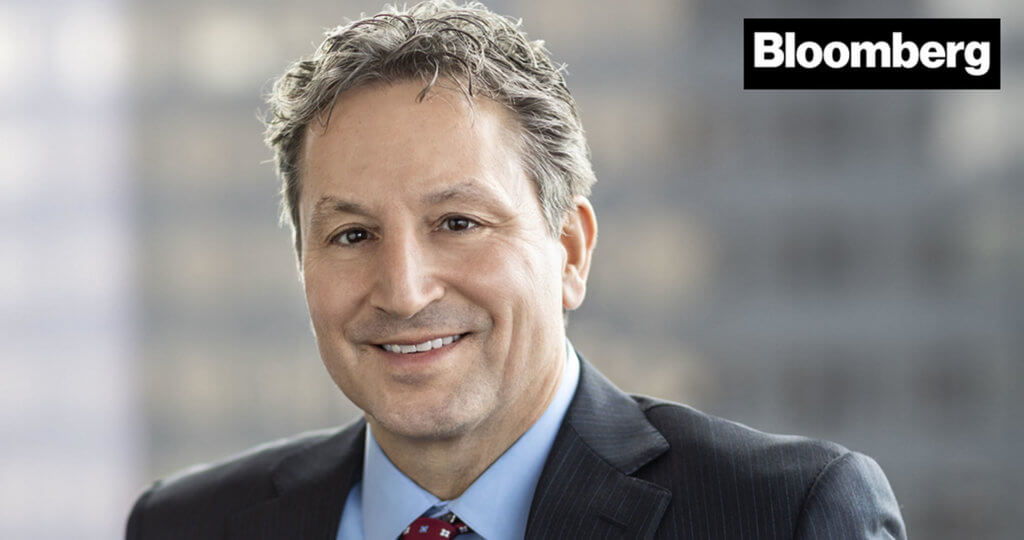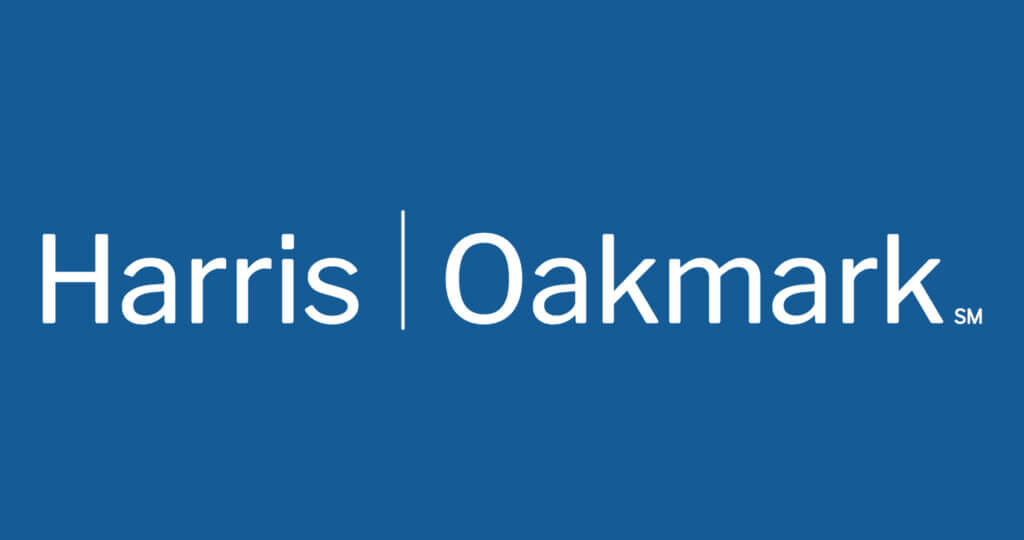Oakmark International Fund - Investor Class
Average Annual Total Returns 06/30/15
Since Inception 09/30/92 10.41%
10-year 8.33%
5-year 12.00%
1-year -2.53%
3-month -1.13%
Gross Expense Ratio as of 09/30/14 was 0.95%
Past performance is no guarantee of future results. The performance data quoted represents past performance. Current performance may be lower or higher than the performance data quoted. The investment return and principal value vary so that an investor’s shares when redeemed may be worth more or less than the original cost. The To obtain the most recent month-end performance data, view it here.
The Oakmark International Fund declined 1% for the quarter ended June 30, 2015, underperforming the MSCI World ex U.S. Index, which returned 0.48%. Most importantly, the Fund has returned an average of 10% per year since its inception in September 1992, outperforming the MSCI World ex U.S. Index, which has averaged 6% per year over the same period.
Lloyds Banking Group, the dominant retail bank in the U.K., was the top contributor for the quarter, returning 16%. The company’s underlying core asset profitability remained strong while better than expected trends in its non-core operations resulted in robust free capital generation. We believe Lloyds’ highly profitable bank operations’ cash flow generation will continue to increase as non-core operations moderate. Lloyds’ balance sheet health has also improved significantly in our view, especially in terms of asset quality and capital ratios.
Samsung Electronics, South Korea’s top electronics company and world leader in semiconductor manufacturing, was the quarter’s top detractor, declining 12%. Investors reacted negatively to news that initial sales of the new Galaxy S6 smartphone failed to meet consensus expectations. Although we believe it is still too early to judge that product’s success, management’s targets for the Galaxy S6 are in line with our expectations. It’s important to point out that while Samsung’s consumer electronics division (TVs and smart phones) is most visible to consumers, we don’t see it as the company’s main value driver. In our view, that driver is its semiconductors business in which Samsung is a principal leader and holds significant competitive advantages. All three of the company’s semiconductor businesses (DRAM, NAND and System LSI) are going from strength to strength. With its dominant position in semiconductors, strong balance sheet and low valuation, Samsung Electronics offers compelling long-term potential in our view.
We received shares of Lonmin (U.K.) as part of a Glencore (Switzerland) corporate action and subsequently sold the shares. We purchased several new names during the quarter, including Glencore as well as some previous holdings of the Fund, such as Bureau Veritas (France), Nomura (Japan), Omron (Japan) and Swatch Group (Switzerland), that we were able to repurchase due to fundamental changes or price volatility. Swatch is the dominant player in the Swiss watch market, making up approximately 30% of the industry’s revenues and over 60% of its volume. Furthermore, Swatch’s manufacturing arm produces approximately 75% of all finished movements and has a market share above 90% in some key components. Yet challenging fundamentals and concerning headlines created a recent buying opportunity for us to become shareholders of Swatch Group again. Over the past year shares declined by 30% as demand from China weakened and concerns about Apple’s smart watch dented sentiment. We believe these are short-term issues that Swatch will overcome. Swiss watches are niche and, in our opinion, are unlikely to be materially impacted if smart watches gain mass market status. The majority of Swiss watches are purchased for artistic/aesthetic value, not the functional attributes that smart watches tout. Thus, they do not compete directly with smart watches and are unlikely to be hurt significantly if and when smart watches gain mass market status. We therefore believe the fears of a major disruption from smart watches are overblown. Additionally, we expect the Chinese market will eventually recover since emerging market consumers’ demand for luxury goods continues to grow.
Our geographical composition remained relatively unchanged versus the previous quarter. Our European and Japanese holdings were at 76% and 15%, respectively, as of quarter end. The remaining positions were in Australia, South Korea, Hong Kong and the Middle East.
Global currencies were relatively stable during the quarter, but we continue to believe some currencies are overvalued. As a result, we defensively hedged a portion of the Fund’s currency exposure. Approximately 36% of the Swiss franc and 18% of the Australian dollar were hedged at quarter end.
We continue to focus on finding what we believe are attractive, undervalued international companies with management teams focused on building shareholder value. We thank you for your support.
As of 06/30/15, Lloyds Banking Group PLC represented 2.3%, Samsung Electronics Co., Ltd. 3.3%, Lonmin PLC 0%, Glencore PLC 1.3%, Bureau Veritas SA 0.4%, Nomura Holdings, Inc. 2.4%, Omron Corp. 0.4%, and Swatch Group AG 0.5% of the Oakmark International Fund’s total net assets. Portfolio holdings are subject to change without notice and are not intended as recommendations of individual stocks.
Click here to access the full list of holdings for The Oakmark International Fund as of the most recent quarter-end.
The MSCI World ex U.S. Index (Net) is a free float-adjusted market capitalization index that is designed to measure international developed market equity performance, excluding the U.S. This benchmark calculates reinvested dividends net of withholding taxes using Luxembourg tax rates. This index is unmanaged and investors cannot invest directly in this index.
The Oakmark International Fund’s portfolio tends to be invested in a relatively small number of stocks. As a result, the appreciation or depreciation of any one security held by the Fund will have a greater impact on the Fund’s net asset value than it would if the Fund invested in a larger number of securities. Although that strategy has the potential to generate attractive returns over time, it also increases the Fund’s volatility.
Oakmark International Fund: The percentages of hedge exposure for each foreign currency are calculated by dividing the market value of all same-currency forward contracts by the market value of the underlying equity exposure to that currency.
Oakmark International Fund: Investing in foreign securities presents risks that in some ways may be greater than U.S. investments. Those risks include: currency fluctuation; different regulation, accounting standards, trading practices and levels of available information; generally higher transaction costs; and political risks.
The discussion of the Fund’s investments and investment strategy (including current investment themes, the portfolio managers’ research and investment process, and portfolio characteristics) represents the Fund’s investments and the views of the portfolio managers and Harris Associates L.P., the Fund’s investment adviser, at the time of this letter, and are subject to change without notice.






